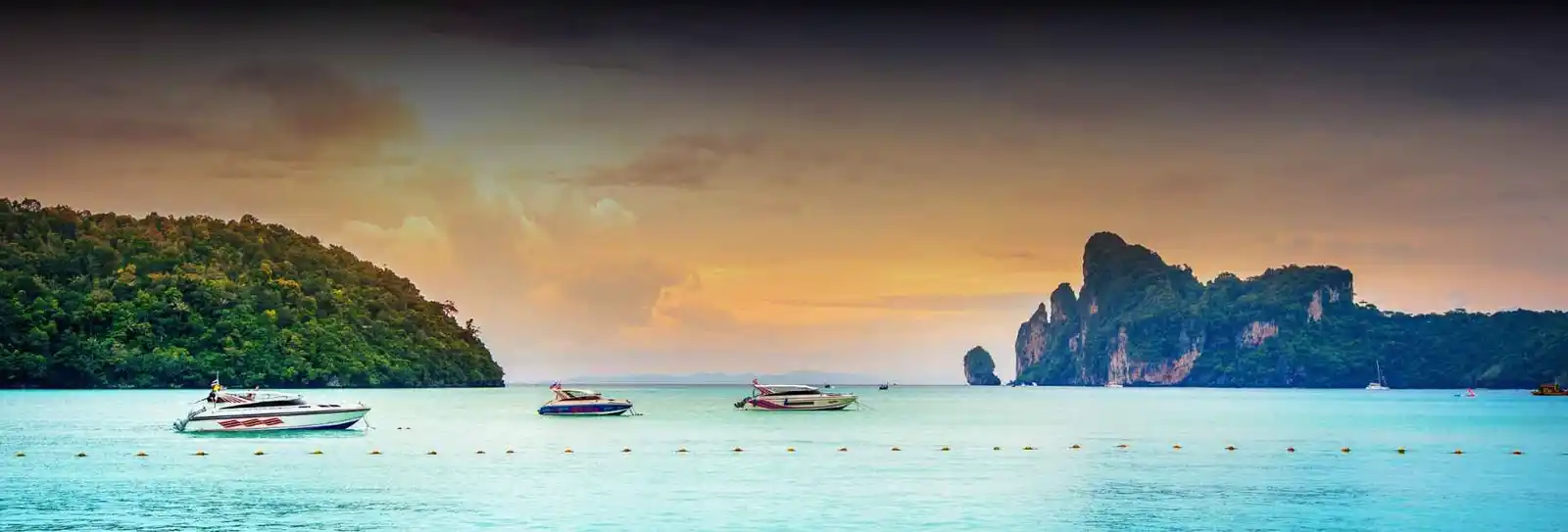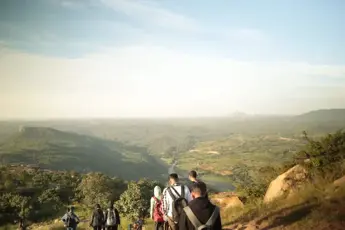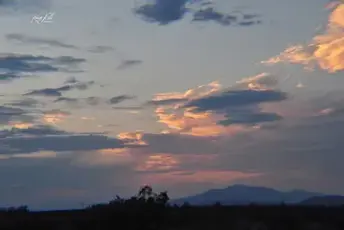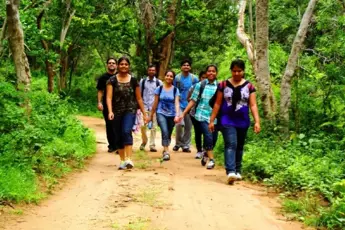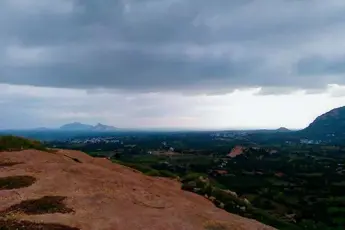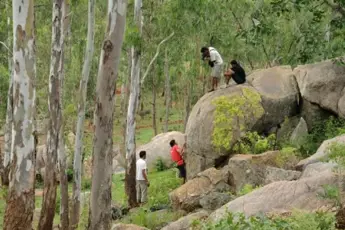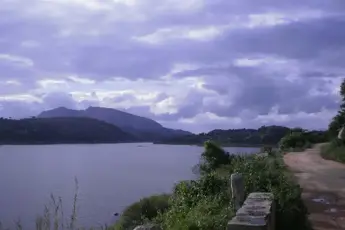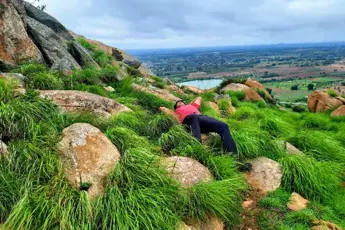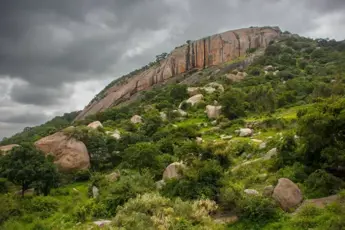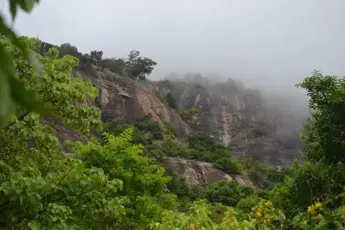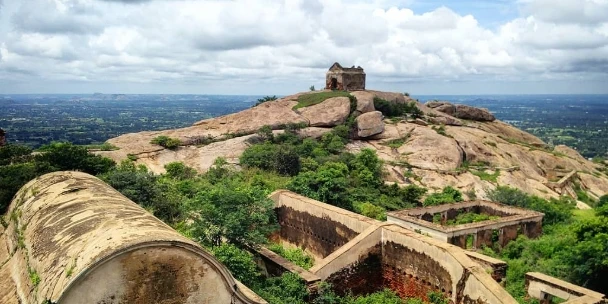
Rayakottai is an eminent town of monumental significance in Krishnagiri district, Tamil Nadu, India. Its fort is the most well-known testament to the town's glorious past. Nestled in the packet of the picturesque landscape of southern India, this is a place where history, trekking, and off-beat travel enthusiasts will lay at the feet of their beloved lesser-known heritage sites. With this rugged terrain, its strategic position, and, of course, its historic importance, Rayakottai features visitors beholding a bygone architectural and military prowess. Geographical Location Rayakottai is in Tamil Nadu, southern India, in the Krishnagiri district. It is about 75 kilometres south of Bengaluru, capital of Karnataka-and around 30 kilometres from the district headquarters of Krishnagiri. The town enjoys a strategic position along the Bangalore-Salem railway line, accessible through roadways and railways. Surrounded by rocky hills and lush greenery, Rayakottai forms a section of the Eastern Ghats, a range famous for its weather and biodiversity. The further it experiences a temperature minimum, the colder it becomes in winter, making it a magnificent place for trekking and sightseeing the rest of the time.Historic ImportanceRayakottai Fort is perhaps that particular historical landmark of its kind that boasts of a glory that spans more than centuries. The fort was built during the 18th century, and it proved to be very significant in the military-political history of the region. Under the reign of the popular monarch of the Kingdom of Mysore, Tipu Sultan, this fort served as one of the important fortifications when Mysore resisted British colonial encroachment. It was very crucial to Tipu Sultan's defensive network, a strong haven protecting an invasion and the interests of the kingdom. Thus, during the Anglo-Mysore Wars, Rayakottai Fort was involved in an eminent conflict between the British East India Company and forces led by Tipu Sultan himself. In the year 1791, the fort fell into British hands after a series of battles during the Third Anglo-Mysore War. Following the defeat and death of Tipu Sultan in 1799 during the Fourth Anglo-Mysore War, the region was firmly consolidated within British control. The fort, just like many others that were once a part of Tipu's extensive defence system, lost its military relevance and slowly faded away into history.Rayakottai Fort has little strategic significance in the present world but stands as an important cultural-historical place. The fractured remnants, large stone walls, bastions, and secrets of the pathways stand as reconstructions of the architectural and engineering brilliance of that period. It is a site that beholds magnificent views of the landscape from atop and attracts tourists, history lovers, and trekkers alike to visit. There are some cultural and mythological relations attached to it besides its previous military aspect. The region is supposed to be an ancient site of settlements and trade routes from different South Indian kings, including the Vijayanagara Empire. In and around Rayakottai, temples and religious places apt testimony of its importance apart from the military fronts is seen in Tamil history.👉 Looking for a thrilling Trek from Bangalore? Don’t miss the chance to experience the Rayakottai Trek with Escape2Explore. This guided adventure offers scenic trails, an ancient fort, and breathtaking sunrise views — perfect for weekend getaways and nature lovers.Main Attractions in the FortRayakottai Fort throws up some interesting remnants into view for visitors. Some attractions include:Granary and Storage Structures – These large enclosures served to store grains and other essential supplies, revealing the fort's preparedness for a long duration of warfare.Water Reservoirs and Ponds – Several instances of water tanks carved out of the rock can still be seen, exemplifying ancient techniques of conserving water on the part of the fort.Watchtowers and Bastions – These provided aerial views of the landscape and served as lookout posts for enemy observation.Ruins of Temples – Small temple ruins within the fort give an insight into the religious practices followed by the inhabitants.Mark of Tipu Sultan – Some engravings and inscriptions of the fort are believed to originate from the Tipu Sultan period with more historical significance.Hidden Tunnels – Many collapsed over time, but some still exist; they only add stubbornly to the mystery of the fort.Trekking Experience to the FortRayakottai Fort is not only a historical site but also a favourite trekking spot. The trek to the fort is moderately difficult, which makes it suitable for both beginners and experienced trekkers alike. The trail starts from the foot of the hill and climbs over the difficult gorge, stone steps, rocks, and patches of dense jungle. The trek takes approximately 45 minutes to an hour, depending on the fitness level of the trekkers. On the way, trekkers will realize the awe-inspiring beauty of hills, farmlands, and occasional sightings of wildlife like monkeys and birds. After a good climb, they access the entrance of the fort, where explorers can freely wander among the ruins and enjoy a panoramic sight of the Krishnagiri area. For the daring, the sunrise and sunset walks lend mesmerizing charm to standing upon Rayakottai Fort. The sun's golden rays reflected the shape of the fort's stone walls. Equally, with few souls around, the tranquil surroundings make it a wonderful inspiration for anyone wishing to put some distance between themselves and the city for a bit.Trekking Difficulty and Route DetailsRayakottai can be considered as a moderate trek and can be done with beginners to experienced trekkers. The trek towards the hill fort is about 2.5 km long, taking nearly 45 minutes to 1 hour to reach the top depending on fitness level.Route Details:Starting Point: The trek begins from the base of the hill and is easily accessible from the town. Signboards mark the entrance to the trekking trail.Initial Ascent: The first stage of the trail is rocky paths and some uneven steps carved into stone.Mid Rise: There are a few rest spots with large boulders about halfway up, where trekkers can pause and absorb the surrounding landscape.Fort Entrance: Near the top are seen the remains of the ancient Rayakottai Fort, which were built during Tipu Sultan's reign. The fort's walls, bastions, and old structures add a historical charm to this trek.Summit: The summit is one of the best vantage points offering a panoramic view of the nearby hills, forests, and countryside. These make the climb worthwhile.Safety Tips for TrekkersAlthough, in rayakottai, trekking is relatively safe; some precautions can be taken to make it a smoother experience.Wear Proper Footwear: While trekking, rocky and uneven paths require sturdy shoes with a very good grip to provide safety while walking on these surfaces.Carry Enough Water: Since there are no water sources on the hill, one should carry at least 1-2 litres of water.Start Early: Morning treks are the best to avoid the sun's heat and also to provide enough daylight for descending.Beware of Wildlife: Rarely one would be able to spot small reptiles and insects. Treading along the trail lessens the chances of an encounter happening.Do Not Litter: Carry back all waste and maintain the natural beauty of the place.Check Weather Conditions: Do not track in heavy rains because the rocks get dangerously slippery.Trek-In-Groups: It is safer and more enjoyable to undertake a trekking expedition with friends than going it alone.Respect Heritage: The walls and structures of the fort are a historical site.Common Wildlife SightingsThe area comprises many species of mammals, reptiles, amphibians, and birds. Some very common wildlife species that can be sighted in Rayakottai are:Mammals: The dry deciduous forests and rocky outcrops provide the best habitat for small and medium-sized mammals. Common among them are the Indian palm squirrel, bonnet macaque, and the elusive Indian hare. The Indian jackal and jungle cat are also recorded as evidence of a healthy ecosystem. On rare occasions, sloth bears and Indian porcupines have also been sighted by visitors in dense vegetation around waterholes.Birds: Rayakottai is indeed a paradise for bird watchers with a great variety of avian species. Sometimes the nation's national bird, the peafowl, may be seen wandering around. Other species commonly seen here include the white-throated kingfisher, Indian roller, black drongo, and the green bee-eater. Raptors-shikra and crested serpent eagles fly high up in the sky hunting their prey. Seasonal migratory guests like the pied cuckoo and Indian pitta could also be spotted during migration seasons.Reptiles and Amphibians: As a region with rocky and semi-arid landscapes, Rayakottai is included on the line of Indian cobras, Russell's Viper, and the common krait. Lizards like the fan-throated lizard and Indian chameleon are generally found in the sun. The Indian bullfrog and the common toad can be found near small water bodies during the monsoon season.Insects and Butterflies: The good number of flower varieties provides a great number of insects, including brilliant butterflies and important pollinators such as bees. Some of the more common butterflies seen fluttering around flowering plants are the common émigrant, lemon pansy, and blue tiger. Fireflies add to the beauty of the region during monsoon.Nearby AttractionsKrishnagiri Fort: a little over 40 km from Rayakottai, is another historical site dating to the Vijayanagar Empire. The fort, which is situated atop a hill, provides adventure seekers with a tough yet rewarding trek. The view from the top is a popular outfit for trekkers and history lovers alike. Old ruins inside the fort, such as granaries and watchtowers, tell a story of the fort's real ancient importance.Hosur: The weather and industrial significance of this rapidly advancing town pull people all from near and far. Attractions beyond city life include:Chandira Choodeswarar Temple: An ancient temple for Lord Shiva, perched high atop a hill with superb views of surrounding lands.Kelavarapalli Dam: A nice picnic location for a gentle evening with family, taking leisurely hours boating.Rajaji Memorial: A spot to the memoirs of C. Rajagopalachari, India's last Governor-General, giving insights into his life and work.Krishnagiri Dam: Approximately 35 km from Rayakottai, Krishnagiri Dam is one of the largest reservoirs in the vicinity. It offers a very good place to appreciate the view of the greenish scenery of the water body. Boating, photography, and picnicking can be enjoyed at the dam.Hogenakkal Falls: Often tagged with the remark "Niagara of India," Hogenakkal Falls lies about 85 km from Rayakottai. The waterfalls on the Kaveri River present a stunning sight, especially during the rains. Adventurous coracle rides through the falls make for an unforgettable experience, while many others are drawn to these falls to bathe in its so-called medicinal waters, which are believed to relax and invigorate.Bettamugilalam: Located about 50 km far from Rayakottai, Bettamugilalam is a hidden jewel. This peaceful little village is enfolded by dense forests and is perfect for wildlife watching, birdwatching, and trekking. The tranquil surroundings make for an excellent weekend getaway for anyone looking to escape city life.Anchetty: About 60 km distant from Rayakottai, Anchetty is again characterized by its untouched beauty. A thick forest covers it, and the river gorge acts as an adventure haven. Very close to the Cauvery Wildlife Sanctuary, visitors may glimpse elephants, deer, and several birds here.Denkanikottai: Denkanikottai with a distance of about 35 km from Rayakottai is another hub of forests and shrines. The town thus serves as the gateway to the Jawalagiri Forest Reserve, rich in biodiversity. It makes for the perfect trekking and nature walk site.Melagiri Hills: Eastern Ghats: The Melagiri Hills are a picturesque stretch found between Hosur and Denkanikottai, which are known for their trekking opportunities. The hills are a shelter to many rare species of flora and fauna and thus are a haven for nature lovers.Perandapalli Lake: Located near Hosur, Perandapalli Lake is a lovely site for birdwatching and nature photography. The lake attracts many migratory birds and is thus a birdwatcher's paradise.Thally: The town is affectionately dubbed as "Little England" due to its cool climate. It is set about 40 km away from Rayakottai and is surrounded by landscapes of lush greenery, and lakes, and hills-perfect to provide a weekend getaway. Farms and gardens further enhance the area's appeal.Dharmapuri: Having one of the most beautiful charms in cultural and natural aspects, Dharmapuri is located around 90 km from Rayakottai. There are some temples and historical sights worth looking at, in addition to Hogenakkal Falls.How To ReachBy Road: Rayakottai is about 75 km from Bangalore and can be reached via Hosur and Denkanikottai. You can drive or hire a cab, which takes around 2 hours from Bangalore. KSRTC and TNSTC buses run from Bangalore, Hosur, and Krishnagiri to Rayakottai.By Train: The nearest railway station is Rayakottai Railway Station (RKI), which is well-connected to Bangalore and Salem. You can take a train from Bangalore to Rayakottai (around 2 2-hour journey).By Airport: The nearest airport is Kempegowda International Airport (Bangalore), about 110 km away. From the airport, you can hire a taxi or take a bus to reach Rayakottai.Why Book with escape2exploreWhen exploring the Rayakottai trek from Bengaluru and beyond, escape2explore stands out as a trusted name in adventure and experiential travel. Here’s why hundreds of travellers choose us for their getaways:Trusted, Well-Reviewed Local Operator: escape2explore has gained the trust of thousands of content tourists all over India. With persistent positive feedback and an unblemished reputation for delivering quality experiences, we assure you that your experience will be hassle-free, memorable, and value-packed. Our insider local knowledge guarantees that you will always be in safe hands.Seasoned Guides: Our trips are led by friendly, trained, and professional guides who are passionate about the outdoors and your safety. Whether it's a beach trek, a cultural tour, or a spiritual walk through temples, our team knows the terrain, the stories, and how to make each moment count.Safe & Curated Itineraries: Your safety is our number one priority. Our tour packages are thoughtfully crafted with safety measures, researched accommodations, and easy travel arrangements. We take care of the details so you can have the experience hassle-free and worry-free.Unique Experience That You Won't Find Anywhere Else: With escape2explore, you discover more than the tourist attractions. We go off the beaten track with hidden beaches, unusual treks, offbeat cultural destinations, and true interactions.Read: Ratangar Fort | Harishchandragad |Harihar Fort|Weekend Trips|Skandagiri


